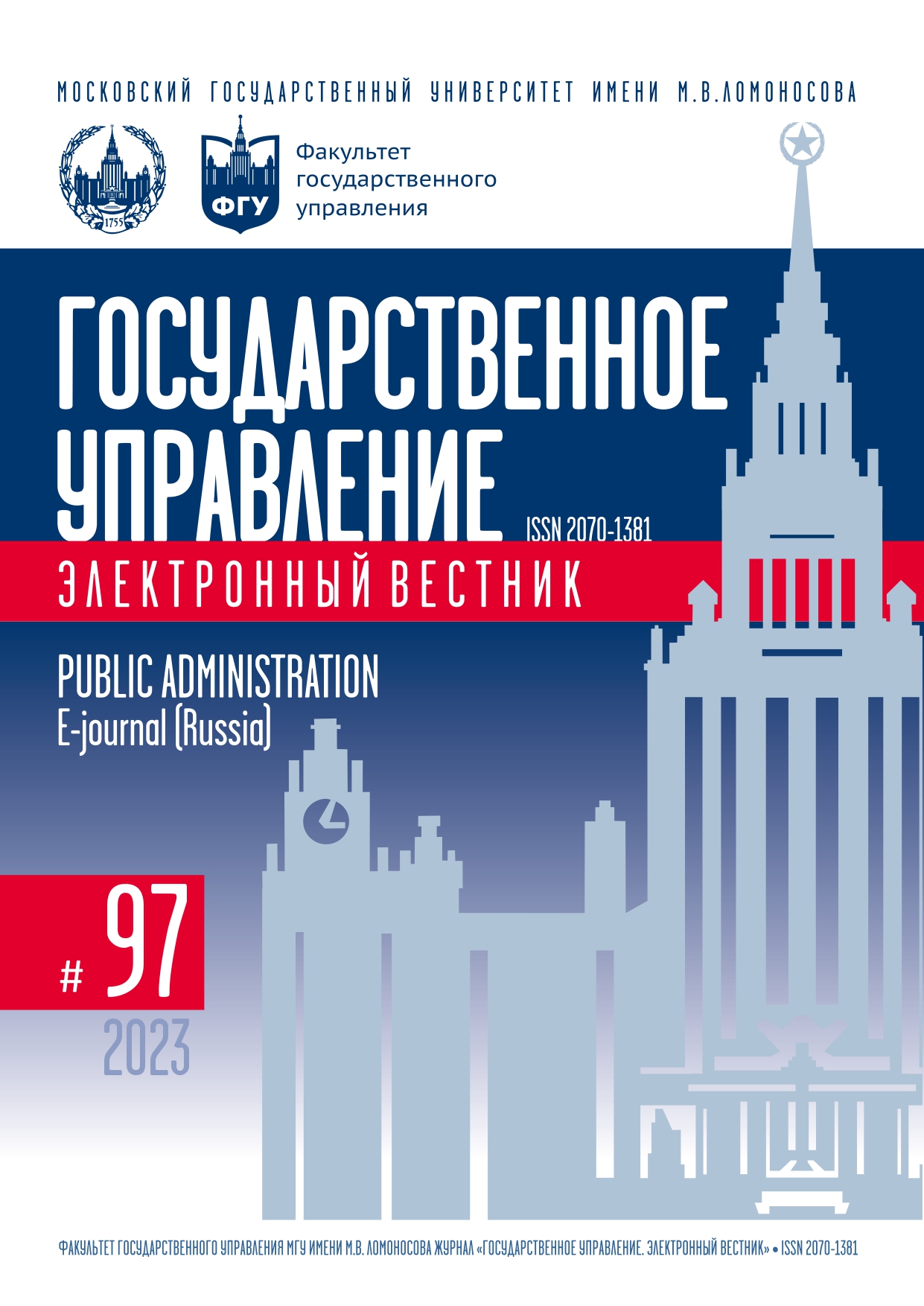Training and Its Instruments in Modern HR analytics
Keywords:
HR analytical training, functions of HR analytics, tasks of HR analytic, directions of HR analytics development, criteria for selection of HR analytics training tools, sharing, processing, facilitation, psychometric and sociometric modelingAbstract
The development and selection of new training tools are the significant components of successful training. The designers of training programs need to define and strictly follow the pre-defined criteria for their selection in accordance with a dozen guidelines. The relevance of in-depth research and comparative analysis of the opportunities, advantages and limitations of using the most popular, as well as original training tools, is associated, firstly, with the widespread implementation of training in the process of attracting, developing, motivating personnel in modern organizations. Secondly, it is possible to promptly reveal hidden contradictions, tense situations and conflicts in the process of real interaction between staff and managers within the framework of training. Thirdly, the training tools are very diverse, they have proven themselves in modern practice of working with personnel and are perfectly integrated into complexes of HR-analytical activities. The research aims are to determine the possibilities and limitations of using modern training tools in the process of HR analytics; on the basis of a comparative analysis of modern training tools, to identify the criteria for their selection for solving the problems of HR analytics. The research methods include comparative analysis, the systematic and interdisciplinary approaches. In the main part of the study the following results were obtained. In the process of analyzing the role of HR analytics in HR management it is shown that the implementation of modern HR analytics tools creates a solid platform for making changes in the organization. In the process of a comparative analysis of traditional HR analytics tools, the most popular, proven and original methods and techniques were identified. When studying the role of training in HR analytics, the high potential of training in HR analytical diagnostics was demonstrated, including identification of areas of instability, contradictions and latent conflicts, as well as the need for their application in solving other problems of HR analytics. The novelty of the research result is defined by the fact that the term ‘HR analytical training’ is introduced and its definition is proposed; the possibilities and limitations of using modern training tools in the process of HR analytics are clarified; the choice of criteria for selecting training tools for HR analytics is justified in a new way; a scientific and practical assessment of a number of new original HR analytical training methods is given. In conclusion, the directions for further development of HR analytics training tools and the current research issues in this area are shown.
References
Веретенникова Е.Г., Мирошниченко И.И., Калугян К.Х. Анализ достижения KPI подразделениями организации с использованием Microsoft Power BI // Системный анализ в проектировании и управлении. 2021. Т. XXV. № 1. С. 455–463. DOI: 10.18720/SPBPU/2/id21-93
Емельянов Ю.Н. Активное социально-психологическое обучение. Л.: Изд-во ЛГУ, 1985.
Зонин Н.А., Климова Н.В., Лунин В.Е. Составление портрета потребителя (на примере рынка образовательных услуг) // Молодой ученый. 2015. Спецвыпуск. № 21.1. С. 42–45.
Карапетян А.Г., Щепкова И.В. Исследование трудовых ресурсов предприятия (на примере детского развлекательного центра «Империя Инков») // Молодой ученый. 2015. Спецвыпуск. № 21.1. С. 83–86.
Макшанов С.И. Психология тренинга: Теория. Методология. Практика. СПб.: Образование, 1997.
Новичкова Л.М. Оценка состояния инновационного потенциала организации // Молодой ученый. 2015а. Спецвыпуск. № 21.1. С. 60–63.
Новичкова Л.М. Инструменты стратегического анализа компании // Молодой ученый. 2015b. Спецвыпуск. № 21.1. С. 56–60.
Сикирин С. #PRO Тренинг для тренеров. М.: Издательские решения, 2021.
Солдатова С.Э., Шаламов Г.Г. Перспективы и возможности использования теорий и методов менеджмента в подготовке специалистов по глобальному управлению // Молодой ученый. 2015. Спецвыпуск. № 21.1. С. 69–73.
Тозикова М.А. Новая версия стандарта ISO 9001: 2015: новые акценты в управлении персоналом // Интеграция науки, образования и бизнеса — основа модернизации экономики: материалы научной конференции аспирантов СПбГЭУ: Материалы научной конференции аспирантов СПбГЭУ. Санкт-Петербург: Изд-во: Санкт-Петербургский государственный экономический университет, 2018. С. 61–65.
Чуланова О.Л. Коучинг и фасилитация как инструменты повышения групповой эффективности в управлении проектными командами // Вестник НГУЭУ. 2019. № 4. С. 184–196. DOI: 10.34020/2073-6495-2019-4-184-196
Baesens B., De Winne S., Sels L. Is Your Company Ready for HR Analytics? // MIT SLOAN Management Review. 2017. Vol. 58. № 2. P. 20–21.
Edwards M., Edwards K. Predictive HR Analytics. Mastering the HR Metric. New York: Kogan Page Limited, 2019.
Fitz-enz J. The New HR Analytics: Predicting the Economic Value of Your Company’s Human Capital
Investments. New York: AMACOM, 2010.
Madsen D., Slatten K. The Rise of HR Analytics: A Preliminary Exploration // Global Conference on Business
and Finance Proceedings. 2017. Vol. 12. № 1. P. 148–159.
Mohammed A. HR Analytics: A Modern Tool in HR for Predictive Decision Making // Journal of Management.
Vol. 6. Is. 3. P. 51–63. DOI:10.34218/JOM.6.3.2019.007

